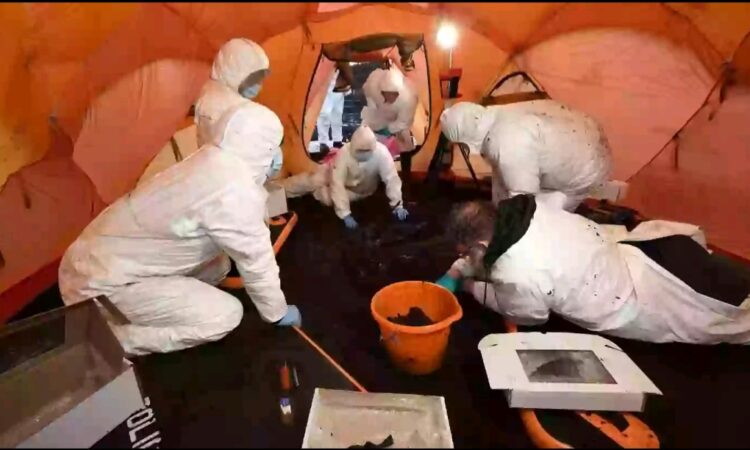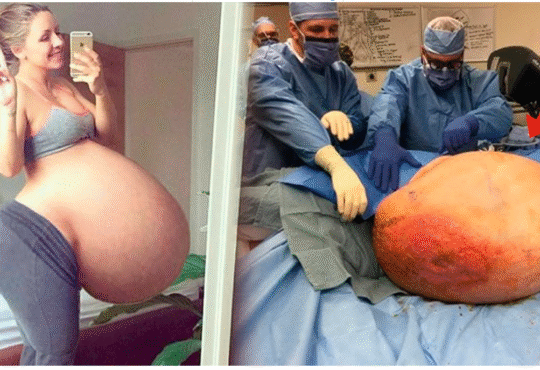Archaeologists find 2,000-year-old body of a woman without a head and think they know disturbing reason why it’s missing

Archaeologists in Northern Ireland have uncovered the remarkably preserved remains of a 2,000-year-old woman, known as the ‘Ballymacombs More Woman,’ whose head was deliberately removed. The discovery, made in late 2023, has shed light on the violent and ritualistic practices of the Iron Age, offering a chilling glimpse into the past.
The body was found in bogland, a type of wetland known for its ability to preserve organic material. Initially mistaken for a modern crime scene, the Police Service of Northern Ireland (PSNI) cordoned off the area before realizing the remains were ancient. The case was then handed over to archaeologists, who determined the body dated back to between 343 BC and 1 BC, making it at least 2,026 years old.
Despite the passage of millennia, the bog’s unique conditions preserved partial fragments of skin and fingernails, allowing for detailed forensic analysis. DNA sequencing revealed the remains belonged to a young woman, aged between 17 and 22, standing at approximately five feet six inches tall—a notable height for the time.
The most striking aspect of the discovery is the absence of the woman’s head. Clear cut marks around the neck bones indicate that her head was deliberately removed, likely as part of a ritual sacrifice. This practice aligns with other bog body discoveries across the British Isles, where victims often met violent ends through stabbing, bludgeoning, hanging, or strangulation.
Eileen Murphy, Professor of Archaeology at Queen’s University Belfast, led the osteological assessment of the remains. She explained, “As is the case for so many Iron Age bog bodies, the young woman suffered a highly violent death that involved the flow of blood from her throat, followed by decapitation. The head was taken away, but the body was left where it fell, only to be discovered by machine workers some 2,000 years later.”
The discovery marks the first time radiocarbon dating has been used on a bog body in Northern Ireland, making it a unique archaeological find for the region. Detective Inspector Nikki Deehan of the PSNI noted the significance of the discovery, stating, “This is the first time radiocarbon dating has been used on a bog body in Northern Ireland, and the only one to still exist, making this a truly unique archaeological discovery for Northern Ireland.”
Further scientific analysis, including DNA testing, is expected to reveal more details about the woman’s life and death. Researchers hope to uncover information about her diet, health, and possible reasons for her sacrifice.
The remains are now being preserved at National Museums Northern Ireland, where they will be studied and potentially displayed to the public. The discovery of the Ballymacombs More Woman adds to the growing body of evidence about the ritualistic practices of Iron Age communities, offering a haunting reminder of humanity’s complex and often brutal history.
What do you think? Should ancient remains like these be displayed in museums, or should they be treated with greater reverence? Share your thoughts in the comments below.





